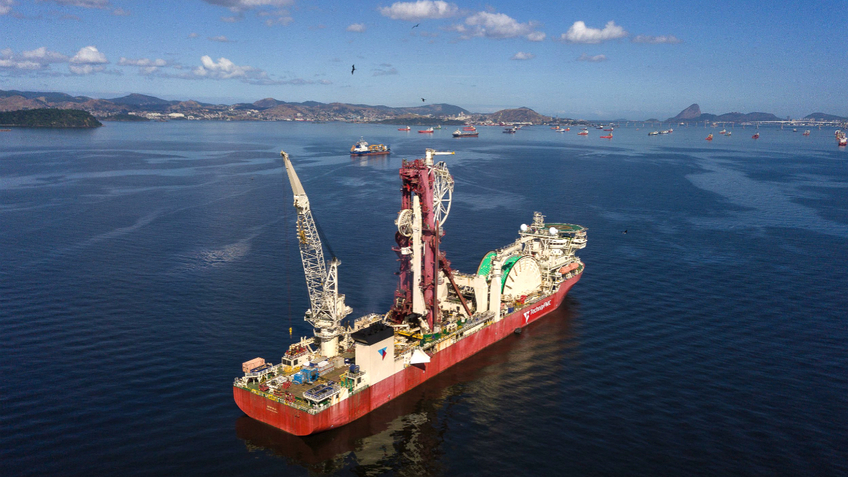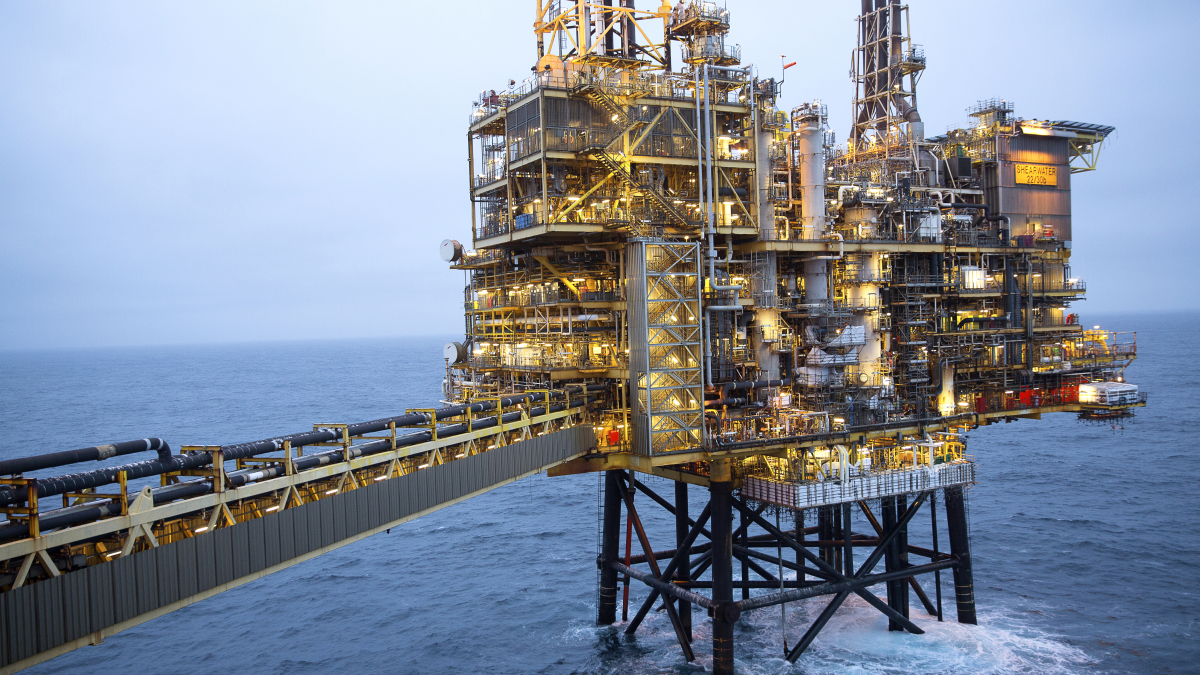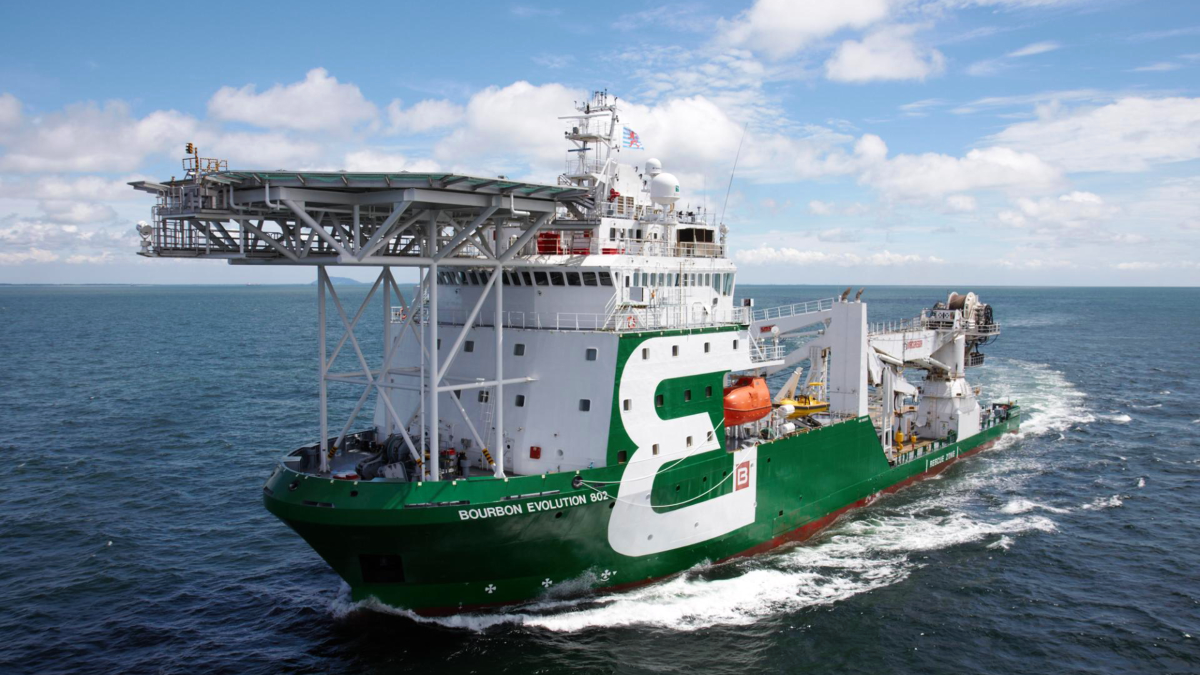Business Sectors
Events
Contents
Lightering design has offshore support vessel as its basis
Grontmij-Carl Bro in Denmark has designed a new general purpose vessel based on an OSV that is to be built for Skaugen Petro Trans in the US and used during lightering operations between tankers in the Gulf of Mexico.
Lightering requires the handling of large rubber fenders (9.0m x 4.5m), often four at a time, and the handling of 27m x 300mm diameter cargo transfer hoses.
Skaugen Petro Trans places a high priority on crew safety and environmental protection and has selected a vessel with a working deck of the supply vessel type, arranged and equipped with safe passage between the bulwark and cargo rail and with a well rounded whaleback.
A double hull is arranged throughout in way of all oil tanks and where necessary to achieve a SF class damage stability notation. To ease launching and retrieval of the fenders and cargo hoses, the ship is installed with a 70 ton fender handling winch, four tugger winches, shark jaws, Norman pins and stern roller. The ballast trim system is designed for fast lowering and raising of the stern during such operations.
For storage of wires and equipment a midships hold is arranged with four drum storage reels with access through a main deck hatch serviced by an offshore deck crane. The working deck is approximately 40m long, allowing four mega-fenders in line, with storage possibilities for baby fenders at forecastle deck level. Around 700 tonnes of deck load can be carried. Hull protection during ship-to-ship operations is provided by a fixed rubber fender system from bow to stern, and above deck all of the structure is arranged with 8 degree tumblehome.
The bridge is arranged with what is close to a 360 degree view, including good upward visibility and an added steering position aft. The bridge arrangement design is based on a 3-D interactive model of the ship, making it possible for the users to ‘take a walk’ on the bridge and check visibility.
The ship is 61m long with a design draught of 4.0m and 1,100 tonnes deadweight on full load draught. A slender hull is employed for good seakeeping and low fuel consumption.
Two ducted controllable pitch propellers driven by two 1,200kW high speed geared engines give the ships a speed of approximately 14.0 knots and a bollard pull of circa 50 tonnes.
The ships are designed for worldwide operation with a complement of 14, and have a range of 5,000 nautical miles.OSJ
Related to this Story
Events
Maritime Environmental Protection Webinar Week
Cyber & Vessel Security Webinar Week
The illusion of safety: what we're getting wrong about crews, tech, and fatigue
Responsible Ship Recycling Forum 2025
© 2024 Riviera Maritime Media Ltd.













